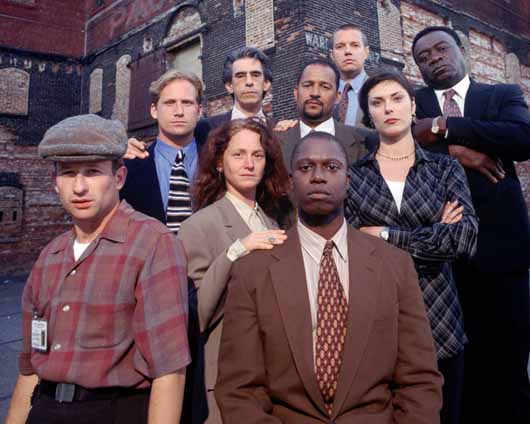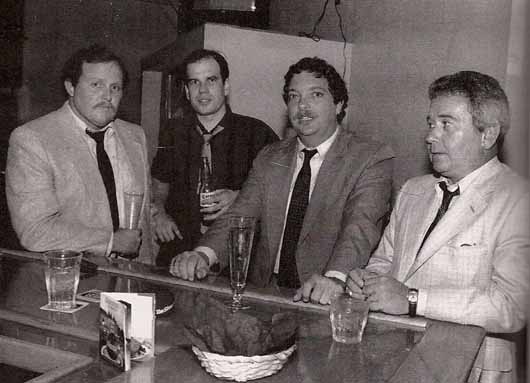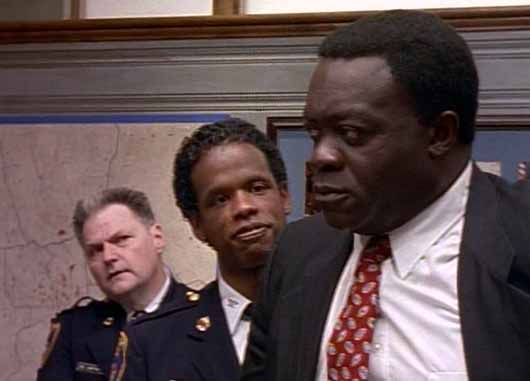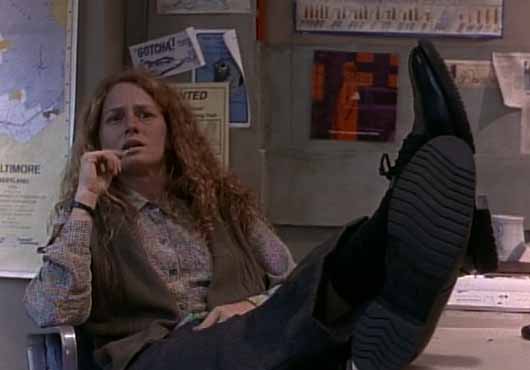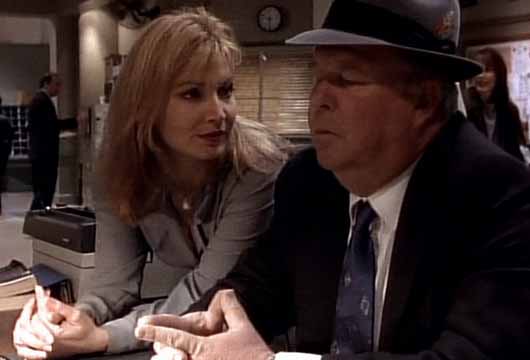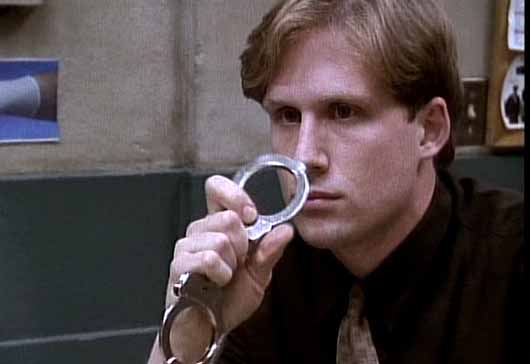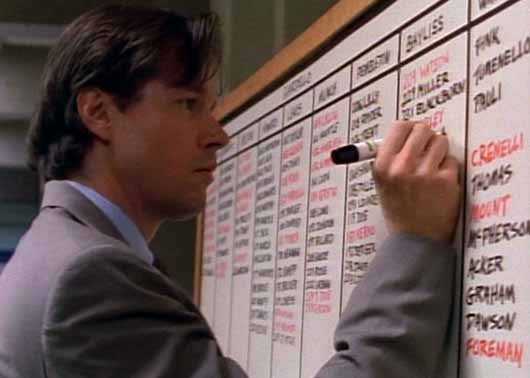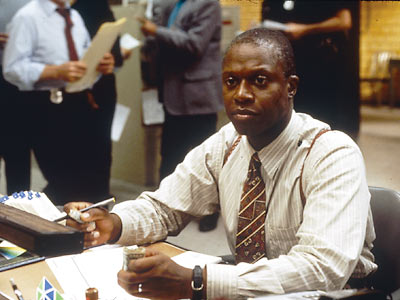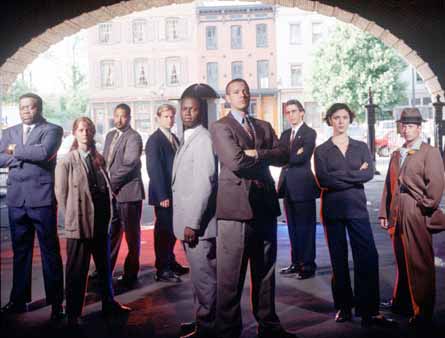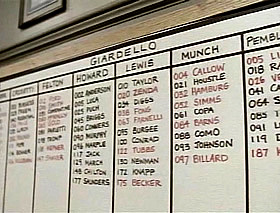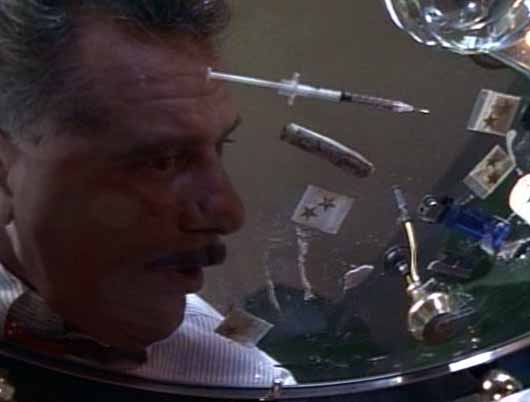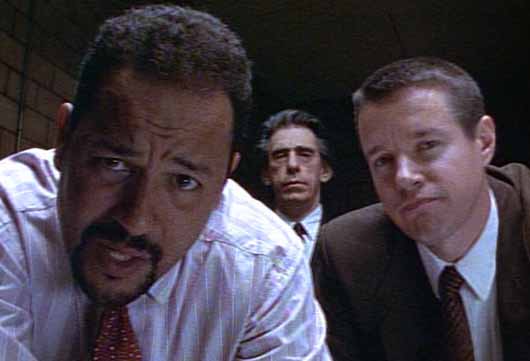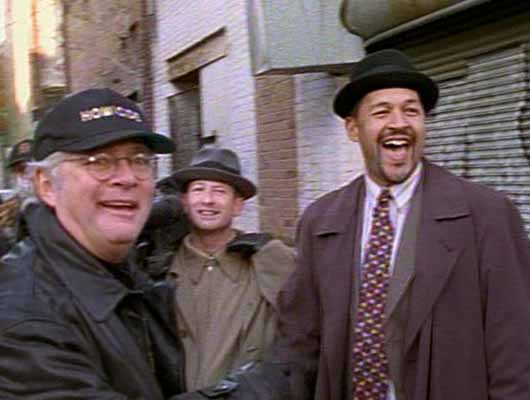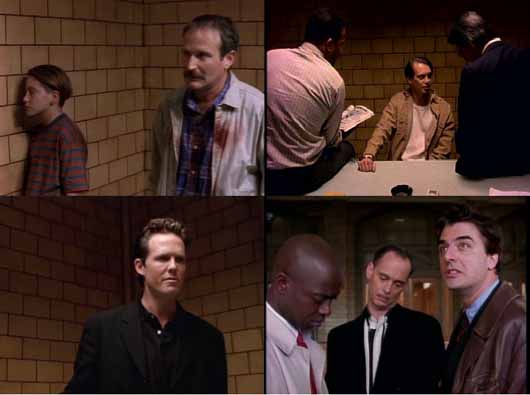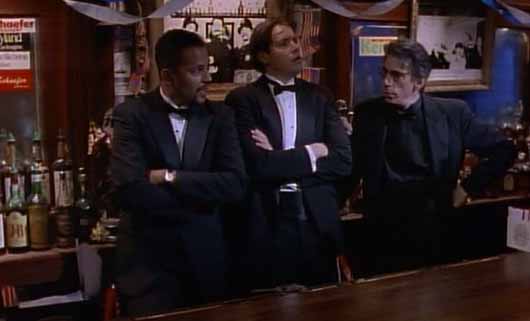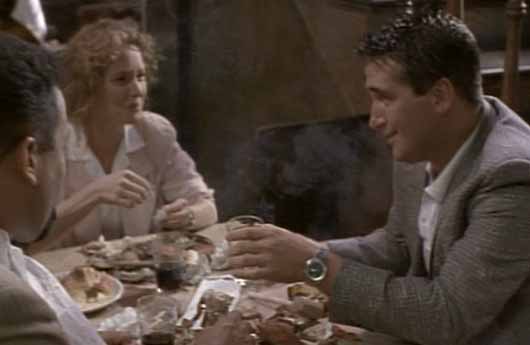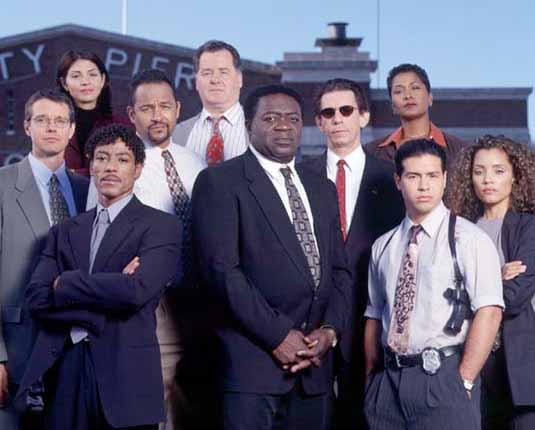 FILM
FILM In Which The Films of Lynne Ramsay Stare Back At Us
 Monday, January 17, 2011 at 12:09PM
Monday, January 17, 2011 at 12:09PM 
The Ramsey Trap
by HELEN SCHUMACHER
The films of Lynne Ramsay move slowly and quietly. Her characters tend to be inwardly focused and she eschews narration in favor of presenting motivations in a more abstruse manner, if at all. Despite her subtlety as a filmmaker, the dramatic effect of her films is still brutal. In her first work, a short called Small Deaths that went on to win the Prix du Jury at Cannes, Ramsay sets up three scenarios that capture the minor moments of growing up. Each young protagonist experiences a slight shift in perception that makes them view the world in a different, more cynical way.

Small Deaths was Ramsay’s graduation piece for her studies at England’s National Film and Television School, which she won a scholarship for based on the strength of her undergraduate work in still photography. At the school she studied cinematography and met a group of collaborators (cinematographer Alwin H. Kuchler, editor Lucia Zucchetti, and production designer Jane Morton). After Small Deaths, Ramsay went on to make two more shorts: Kill The Day about the day in the life of a junkie, and Gasman.
In Gasman, two children follow their father on a Christmas outing to the local dance hall, accompanied by two other children with whom he has an ambiguous relationship. It’s a convolution of festive dancing and drinking and familial jealousy and dismissal. Ramsay’s background in photography and cinematography is evident in her poetic composition. The trio of short films introduced audiences to the stronger themes of her work: the Scottish working class, their societal norms and family dynamics, and how these play into the sensitivity and naivety of an individual.

This would serve as the center of her first full-length, Ratcatcher. In Ratcatcher, which Ramsay also wrote, her camera follows the domestic life of saucer-eared James, played by a young amateur named William Eadie, and his struggling family. James is haunted with guilt from his role in the death of a neighborhood boy who drowned after their roughhousing in a nearby canal. Set in a 1970s Glasgow ghetto, the film’s mise en scène is the Winter of Discontent, where residents of a housing project are nearly barricaded inside their apartments as the bags of rubbish accumulate outside their doors for weeks on end. As the film progresses, James attempts to find warmth and purpose in his friendships and familial role, but eventually we see him realize the futility of his hopes.

With its grim atmosphere grounded in industrial decline, Ratcatcher is easily described as social realism, or as it is known regionally, a kitchen sink drama. Reviews of the film often mention its similarities to the work of the genre’s Ken Loach, in particular Kes, his 1969 film about a young boy who devotes himself to the raising and training of kestrel chick, only to have it killed by his vindictive brother. What makes Ramsay’s work more than just an update of the the ‘50s and ‘60s genre is that she’s not an Angry Young Man and neither are her central characters.
Ramsay possesses an incredibly intuitive understanding of the power of the gaze and how to manipulate it. Maybe it’s because, as a female, she is so endlessly subjected to it and, as a filmmaker, she has been able to then become bearer of the look, to take control of its power to name and define. (Or maybe it is because her own childhood was similar to James' that she was able to so exquisitely add depth to the characters.)

In interviews, she has discussed her desire to get her audience to look beyond the image. She frames the details in order to make the audience wonder what’s going on outside the screen. With her subtle camerawork, she directs her audience to not look at the characters onscreen, but to meet their eyes. By subverting the gaze and twisting its power away from the viewer, she gives her working-poor characters a chance to be more than just a cliche. After all, the most basic class distinction is that between the powerful and powerless.

Through this manipulation we come to terms with the actions of the title character of her last movie, 2002's Morvern Callar. Morven, having discovered her boyfriend dead on their scullery floor on Christmas morning and then having kept his death a secret, stumbles through the next month of her life in a reflective catatonia, one where the details have become visceral. Ramsay’s camera follows Callar to her job at a grocery store, to the countryside where she buries the hacked-up pieces of her boyfriend’s body, and to a hedonistic Spain with her best friend Lanna — after having funded the trip with what was meant to be the boyfriend’s funeral money. She even sells his novel (left completed on their home PC, along with a list of possible publishers) under her own name.
Maybe this sounds more like the work of a sociopath. In an interview with the Guardian, Ramsay explains, "Morvern’s boyfriend commits quite a selfish act as the tortured artist looking for posthumous fame, and she takes complete survival from that. You can question her morally if you want, but what he does is only a romantic notion whereas what she does is more about survival."

Callar grew up in foster homes and is a low-paid supermarket employee. With this new source of income lifting her of the burden of survival, she is for the first time able to indulge in curious exploration. The suicide has given her a new life and she is discovering the sights, sounds, and textures of Scotland and Spain. Ramsay obscures the motivations of her protagonist in favor of drawing the viewer into Callar’s world. While the film’s perceived lack of plot or dialogue might seem alienating to audiences, instead viewers find themselves deeply invested in the characters. Ramsay's nuanced style is aided by a compelling performance by Samantha Morton, who grew up in the foster system like Morvern.

Adrienne Rich writes that for women the act of seeing with fresh eyes is an act of survival. But this "reclaiming of vision” is also applicable to the survival skills of other alienated segments of society. Ramsay’s films help us to (again, as Rich calls it) “see difference differently” and therefore understand a wider scope of humanity. Her work is heavy with compassion, but not sentimentality.

It’s too bad that Ramsay was removed from the task of adapting and directing Alice Sebold’s The Lovely Bones. Ramsay was assigned to the script while the novel was still being written. It seemed a job well-suited for her ability to approach harsh realities through a lens of innocence, not to mention that her own background in photography could have played to the young narrator’s amateur interest in the medium. But, after the book became a best seller (and after she had spent two years working on it), the project was given to Peter Jackson, who unfortunately relied on the special effects that have made him a crowd-pleaser to portray the other-world setting and heavenly gaze of the murdered teen, inevitably turning the movie into a corny mess.

While it’s been nearly 10 years since Ramsay’s last feature-length film was released, this year should see her return with We Need To Talk About Kevin, another picture that looks at family and remorse. The movie stars Tilda Swinton as a mother coming to terms with the violent actions of her son Kevin (played by Ezra Miller), a teenager who, in an all-too-familiar scenario, shoots up a high school. Kevin’s actions certainly lack the moral ambiguity of a typical Ramsay character, however the focus on the indeterminate influence of parents on a person’s conscience seems like perfect fodder for her dark, lyrical work.
Helen Schumacher is a contributor to This Recording. She is a writer living in Brooklyn. She last wrote in these pages about Homicide: Life on the Street. She tumbls here and here.

"Half Ton Load" - Icarus Himself (mp3)
"Digging Holes" - Icarus Himself (mp3)
"Cadaver Love Song" - Icarus Himself (mp3)































